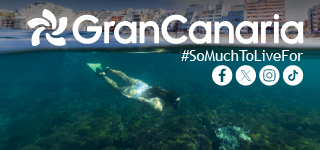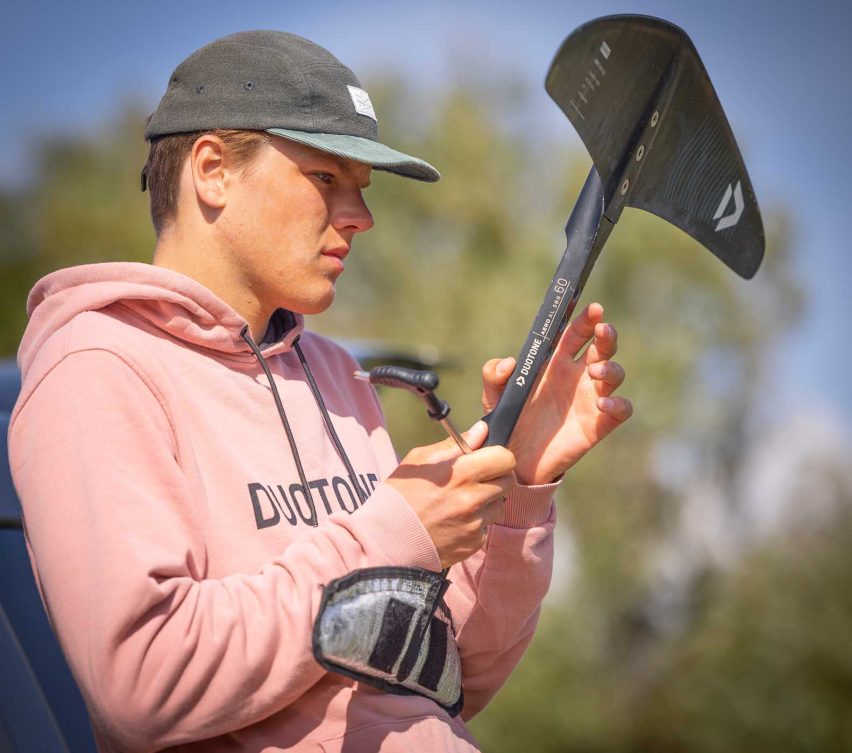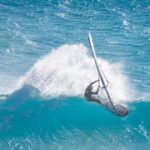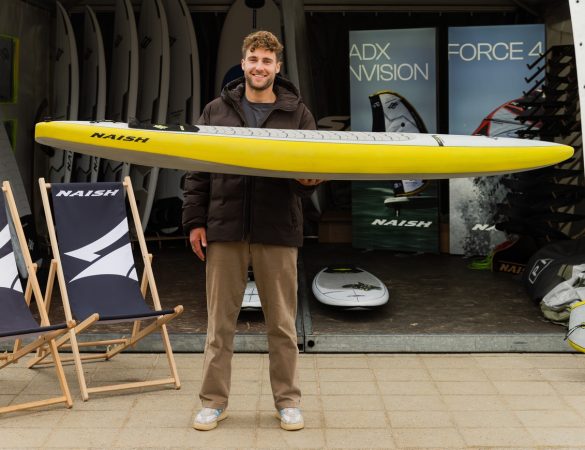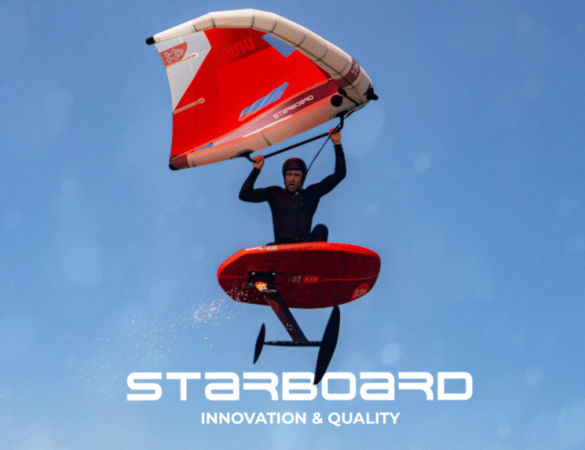Talk with Benjamin May
TTEXT AND PHOTO AXEL REESE
Benjamin, if we look in your foil bag, we will see two lengths of fuselages. These lengths, 60cm and 66cm, are also the bestsellers for most wingfoilers. What do these two lengths mean to you?
The 60cm is the fuselage that I use the most. Why is that? The 60 is perfect for jumping and I also love it in the waves. And the special thing is that I can also do great tricks in the waves with the 60.
You can also jump with the 66, but the reactivity is lower compared to the 60, but it has greater stability and more glide.
What does “stability” mean?
I mean stability in the longitudinal axis. The longer fuselage provides more stability for the setup because you have a longer lever as the backwing is positioned further back. This makes the whole system a little quieter.
You said, that the 60 fuselage is more “reactive” compared to the 66, what does that mean?
Yes, a good question! In terms of freestyle, it means that you only need a shorter amount of time to jump. What do I mean by that? The moment from “getting on your knees to take off”, i.e. when the foil leaves the water, maybe only a fraction of a second, and that’s a difference for half a metre more height, which is obviously a lot. And “more reactive” also means that the 60 is a bit more nervous compared to the 66.
Which fuselage would you recommend to a wingfoiler who has an 1100 frontwing under his feet, is travelling on lakes and is a classic “freerider”, i.e. does less jumping and more jibing, tacking and other tricks in such smooth water conditions?
I like the 66 fuselage because, as I said, it is not quite as reactive, but offers more stability – even in waves. The glide is also better because you have more leverage, which means that you have better planing and gliding (means: gliding through windholes) characteristics. And of course you can also jump with the 66.
And if this freerider also wants to go out in a good wave location i.e. has a quick one or two metre wave? Would he then be better served with the 60 cm fuselage?
Not necessarily, I also have a 66 fuselage this year, because if it’s purely about waves, then this two metre wave breaks and you have the turbulence under water, where the longer fuselage helps me.
Can I make another addition? And, yes, with the 60 I can make tighter turns in the wave, but at a certain point they become “too tight” and therefore more uncontrolled. An example: When skiing, you have to find the turn transition coming out of the turn and if it’s too reactive, then this turn transition is difficult, i.e. getting into the next turn. And that makes it easier with the longer fuselage.
Fuselages are available in both aluminium and carbon versions. What do you recommend for freestylers, freeriders and those who want to have fun in the waves?
The easiest answer is for the freestyler target group. It’s the carbon version, in my case the Duotone DLAB. When I ride the 650 frontwing, for example, I notice that it has a lot more power than the 850 in the aluminium version, which in my case is called “SLS”. But back to the carbon version, the diameter is smaller, which reduces the drag.
And that brings us to the waver. When I go out in Klitmöller, I use the SLS version because of the one or other reef contact, as aluminium is easier to repair. But when I’m riding bigger and faster waves, I like to go for the carbon version because it’s thinner and faster!

